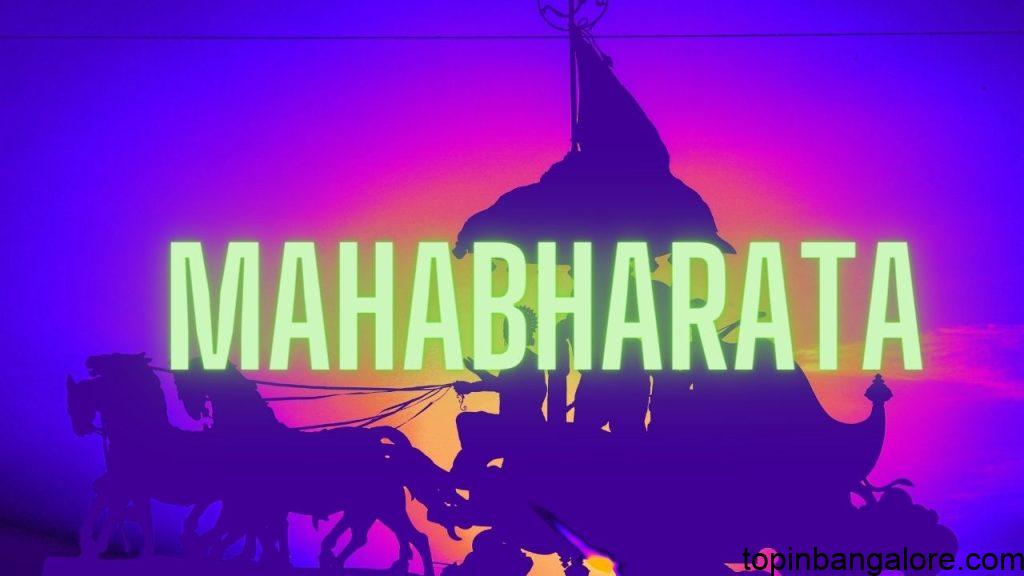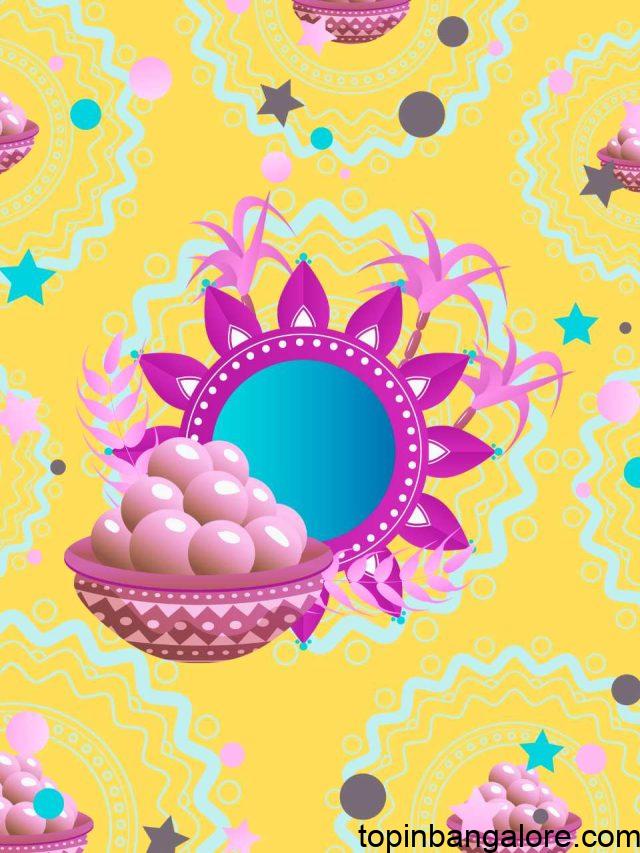Mahabharata: Brief Overview of the story and its themes
The Mahabharata is one of the two major Sanskrit epics of ancient India, the other being the Ramayana. It is believed to have been written by the sage Vyasa and is considered one of the longest epic poems in the world, with over 90,000 verses. The story centers around a dynastic struggle for the throne of the Kingdom of Hastinapura, between the Kauravas, who are the descendants of the blind king Dhritarashtra, and the Pandavas, who are the descendants of the king’s younger brother, Pandu.

The story begins with the birth of the five Pandava brothers, who are born to Pandu and his two wives, Kunti and Madri. The eldest, Yudhishthira, is considered the rightful heir to the throne of Hastinapura, but the Kauravas, led by Duryodhana, are determined to keep the throne for themselves.
The conflict between the Kauravas and Pandavas escalates when the Pandavas are invited to a game of dice by the Kauravas, which they ultimately lose, resulting in them being exiled to the forest for 13 years. During this time, the Pandavas gain allies and build their strength, while the Kauravas continue to scheme against them.
When the Pandavas return to Hastinapura, the Kauravas refuse to give up the throne and a great battle, known as the Kurukshetra War, ensues. The war lasts for 18 days and results in the death of many great warriors from both sides, including Bhishma, Drona, and Karna. The Pandavas ultimately emerge victorious, with Yudhishthira becoming the king of Hastinapura.
The Mahabharata also contains many subplots and stories, including the story of Bhagavad Gita, a dialogue between the warrior Arjuna and Lord Krishna, in which Krishna imparts spiritual wisdom to Arjuna.
The Mahabharata is not just an epic story but also a guide for the human beings in their daily lives. It covers a wide range of themes, including duty, loyalty, the importance of following one’s dharma, the nature of good and evil, and the ultimate goal of human existence, which is to attain liberation and union with the divine. The epic also contains many moral lessons and is considered to be a source of Hindu philosophy.
The Mahabharata is widely read and has been adapted into various forms, including plays, films, and television series. It is considered one of the greatest works of Indian literature and continues to be an important cultural text in Hinduism.





